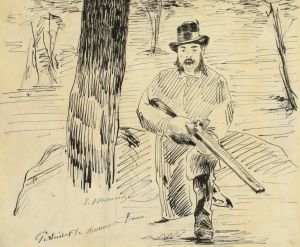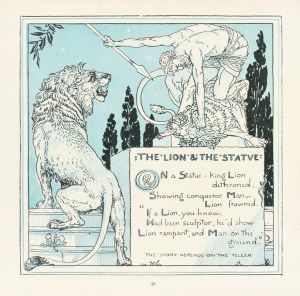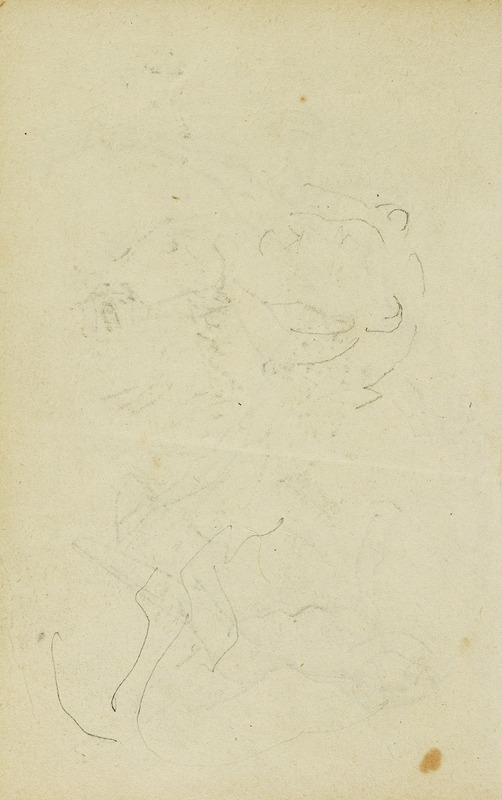
Sketches of head and hind legs of a lion
A hand-painted replica of Théodore Géricault’s masterpiece Sketches of head and hind legs of a lion, meticulously crafted by professional artists to capture the true essence of the original. Each piece is created with museum-quality canvas and rare mineral pigments, carefully painted by experienced artists with delicate brushstrokes and rich, layered colors to perfectly recreate the texture of the original artwork. Unlike machine-printed reproductions, this hand-painted version brings the painting to life, infused with the artist’s emotions and skill in every stroke. Whether for personal collection or home decoration, it instantly elevates the artistic atmosphere of any space.
Théodore Géricault, a prominent French painter and lithographer, is best known for his influential works during the Romantic movement in the early 19th century. Among his various studies and sketches, "Sketches of Head and Hind Legs of a Lion" stands out as an example of his keen interest in the anatomy and dynamism of animals, which was a recurring theme in his oeuvre.
Géricault was born on September 26, 1791, in Rouen, France, and he developed an early interest in art. He studied under prominent artists such as Pierre-Narcisse Guérin and was influenced by the works of masters like Michelangelo and Rubens. His fascination with the human and animal form is evident in many of his works, including his studies of horses and lions.
The "Sketches of Head and Hind Legs of a Lion" is a testament to Géricault's dedication to understanding and capturing the essence of animal anatomy. Although specific details about the creation date and circumstances of this particular sketch are not well-documented, it is consistent with his practice of creating detailed studies as preparatory work for larger compositions. Géricault often visited zoos and studied animals in motion, which allowed him to depict them with remarkable accuracy and vitality.
This particular sketch likely served as a study for a larger project or as an exercise in understanding the musculature and movement of lions. Géricault's sketches are characterized by their dynamic lines and attention to detail, capturing the power and grace of the animal. The focus on the head and hind legs suggests an interest in the lion's strength and agility, elements that are crucial in conveying the animal's majesty and presence.
Géricault's work, including his animal studies, played a significant role in the Romantic movement's emphasis on emotion, nature, and the sublime. His ability to convey the raw power and beauty of animals contributed to the period's fascination with the natural world and its untamed aspects. The Romantic artists sought to evoke emotion and provoke thought through their depictions of nature, and Géricault's animal studies were no exception.
While "Sketches of Head and Hind Legs of a Lion" may not be as widely recognized as some of Géricault's other works, such as "The Raft of the Medusa," it remains an important piece within his body of work. It reflects his meticulous approach to studying and understanding his subjects, which informed his larger, more complex compositions.
Géricault's legacy as an artist is marked by his innovative techniques and his ability to capture the essence of his subjects, whether human or animal. His studies, including those of lions, continue to be appreciated for their artistic merit and their contribution to the Romantic movement. Through works like "Sketches of Head and Hind Legs of a Lion," Géricault's influence on the depiction of animals in art is evident, showcasing his skill in rendering the natural world with both accuracy and emotion.





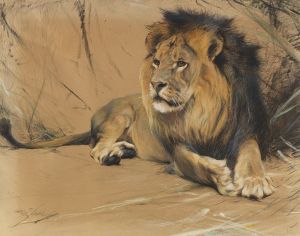
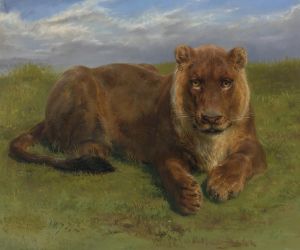
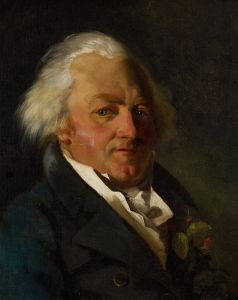
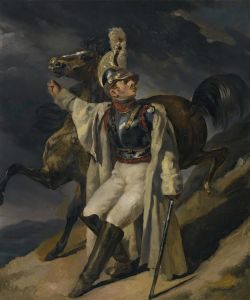


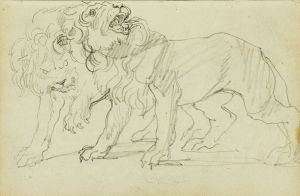
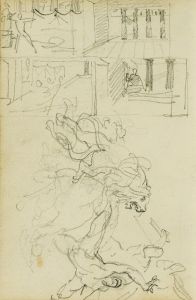
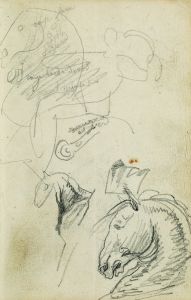
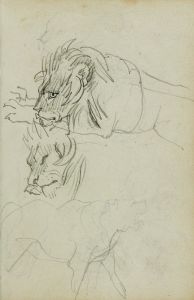
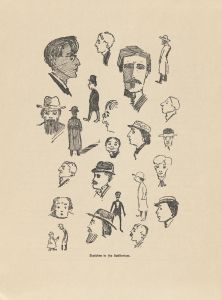
![Miscellaneous small sketches for inlaid table tops.] [Design with geometric motif](/imgs/249435/s/winold-reiss-miscellaneous-small-sketches-for-inlaid-table-tops-design-with-geometric-motif-a72246b5.jpg)
